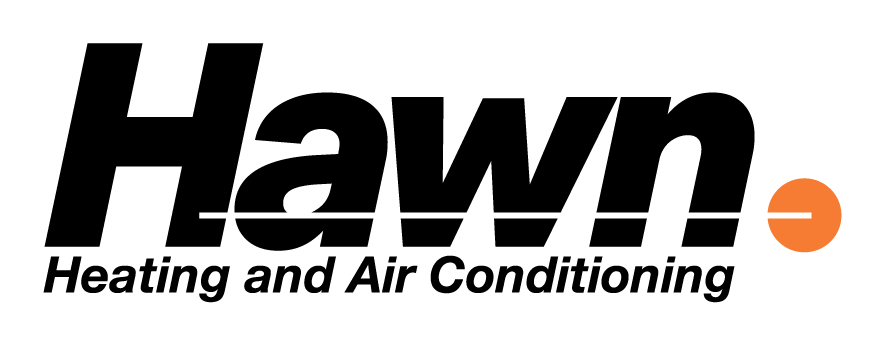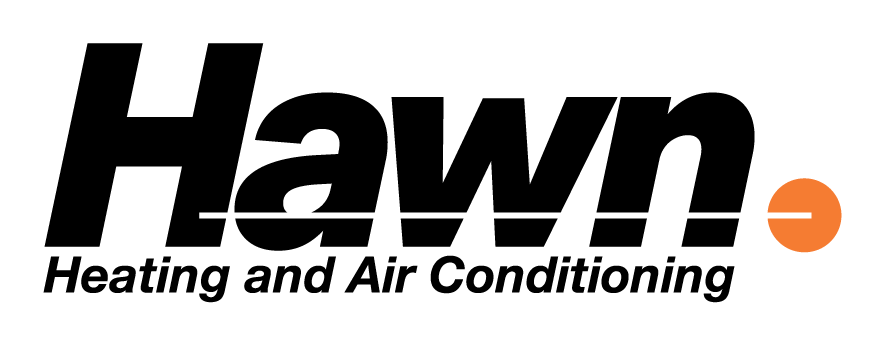
THIS INFORMATION REPRESENTS THE LATEST RESEARCH DONE BY NADCA
Energy Saving Tips
Heating, ventilation and air conditioning a home or small commercial building is a big job that requires a lot of energy. In fact, this activity accounts for 30 percent of the energy used in an average home or small building. In addition, heating and cooling larger buildings is an even tougher job and accounts for up to half of the energy use in such buildings. On the whole, heating, ventilation and air conditioning systems are by far the largest sources of energy use within a home or building.
Ironically, heating and cooling systems tend to be poorly maintained. These systems, which are used every day of the year, get dirty and can become heavily contaminated with dirt, dust, animal dander, and more. Further, heating and cooling systems in new homes and buildings are often heavily fouled – even before occupants move in.
Contaminated heating and cooling systems can be problematic for occupants. These systems contribute to poor indoor air quality in the form of increased airborne particulate and reduced thermal comfort. Fouled systems are also prone to failure. And from a cost perspective, these systems also use more energy than clean systems.
The Importance of Air Flow
When it comes to having a productive, energy-efficient heating and cooling system, air flow is everything. Increased air flow equates to better performance. But when systems become fouled, air flow is reduced. Dirty filters, clogged coils, fouled blowers and other components – all of these things impede air flow and lead to increased energy costs.
The solution is to have the heating and air conditioning system professionally cleaned. You may be familiar with the term air duct cleaning, but this is actually a bit of a misnomer. Professional cleaning for a heating and air conditioning system entails cleaning not only the ductwork, but also the vents, registers, blower, coils, and other components – the surfaces that are exposed to the air flow within the system.
Complete cleaning of the heating and air conditioning system is a highly specialized cleaning service that differs from the routine maintenance provided by the technician sent out to clean and adjust the furnace. Complete cleaning of the heating and air conditioning system is an important aspect of keeping the system operating at peak efficiency.
The NADCA Energy Savings Research Project
So how much does it cost to operate a fouled heating and cooling system? That is the question asked by the National Air Duct Cleaners Association (NADCA), a not-for-profit trade association representing companies around the world that inspect, clean and restore heating and air conditioning systems.
In 2008 NADCA initiated a project with researchers from the University of Colorado at Boulder (CU) to conduct an in-depth study of this issue. The University has extensive research experience and is home to the Larson Building Systems Laboratory, one of the world’s most technologically advanced facilities for researching heating and cooling systems. The purpose of the NADCA research study was to correlate the substantial energy savings that can be attained through complete cleaning of fouled heating and cooling systems.
Research Overview
Researchers started this project by scouring the Internet and other sources to find literature produced through similar research. Using available literature, researchers developed a computer model designed to quantify the energy savings that could be attained through cleaning heating and cooling systems.
From there the researchers conducted a laboratory analysis – they experimented on a house that is contained completely within the
Larson Lab – as part of an effort to fine-tune and confirm the computer model. Finally, researchers conducted two field trials to assess the accuracy of the computer model.
Through this process, researchers came to realize that there was no comprehensive data available to quantify the savings that can be achieved through cleaning of heavily-fouled systems – the types of systems regularly encountered by NADCA members. (For purposes of this research, “Heavily-fouled” systems are defined as systems where complete cleaning results in a pressure change of at least 30 percent. Pressure change is simply an easier way to measure air flow.) Because of the data limitations, the calculations in the computer model were based on data collected from lightly-fouled systems – systems that are not very dirty.
Key Findings
According to the results of the study, cleaning even lightly-fouled systems can produce substantial energy savings. These findings are based on complete cleaning of heating and air conditioning systems in accordance with NADCA’s ACR 2006 Standard, which includes cleaning ductwork, coils, blower, other air-side system components, and changing the filter. Based on the initial research, cleaning a lightly-fouled system provides, on average, an 11 percent savings off of the energy used for heating and air conditioning.
Next Steps
Cleaning heavily-fouled systems is expected to produce an even greater savings than cleaning systems that are essentially clean. Given the critical importance of air flow, this could be construed as common sense. However, in order to confirm this expectation, NADCA has initiated a broader research effort to quantify the energy savings that can be achieved by complete cleaning of heavily-fouled heating and cooling systems. This research involves collecting data on systems before and after cleaning, and using this data to calculate energy savings.
Summary
It takes a lot of energy to heat and cool a home or building and in fact, the systems used for this purpose account for the majority of energy use. These systems – even in new buildings – tend to be dirty, and become more heavily fouled through everyday use. Fouled heating and cooling systems can also be problematic for occupants, contributing to poor indoor air quality, system failure and increased energy use.
Researchers have proven that cleaning even lightly-fouled heating and cooling systems can result in energy savings of 11 percent. In addition to these savings, consumers who have their heating and cooling system cleaned can benefit from improved indoor air quality, reduced maintenance costs and extended life expectancy for the heating and cooling system. While not yet confirmed, cleaning heavily-fouled systems is expected to produce even greater energy savings.

